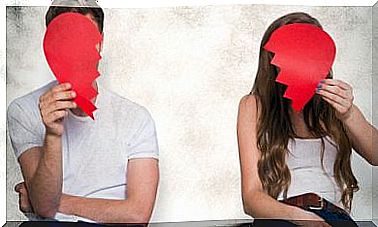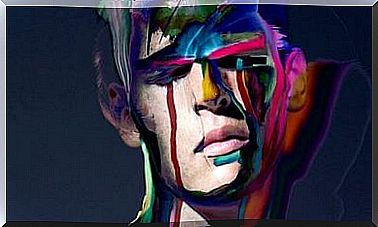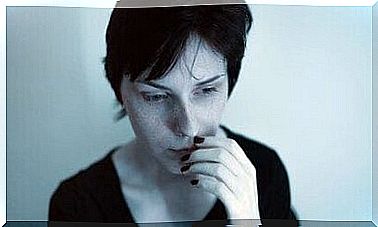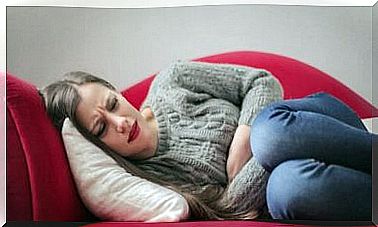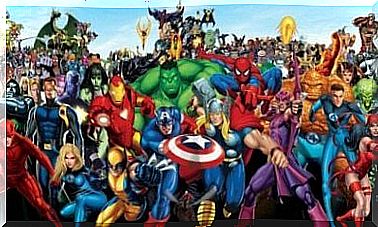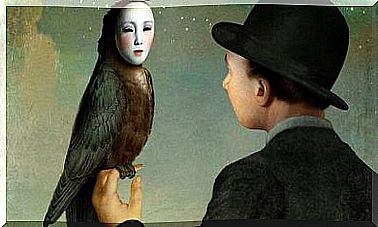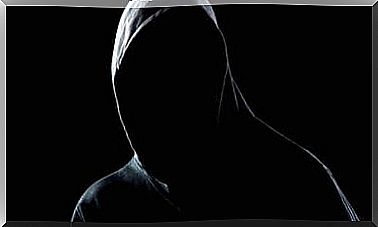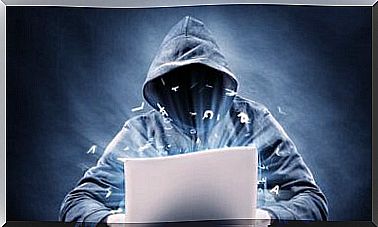Technological Insomnia: Screens That Prevent Us From Sleeping
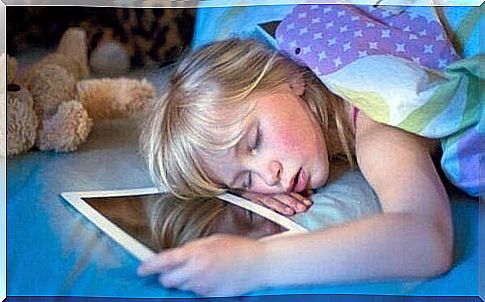
Technological insomnia is gaining more and more ground in a world invaded by screens. The technology and the blue light so characteristic of these devices completely alter our wake cycles and our biological clock. Far from being something one-off, it is on the contrary a new disorder with a powerful impact that is starting to be very common in children and adolescents.
Almost all of us do. We go to bed and inevitably take a last look at our cell phones. We read the messages and some lead us to a link , to a video. Shortly after, we arrive on our favorite social network, we notice an article there and it leads us to another video. So, and almost without realizing it, we have just spent an hour in front of our phone, if not more.
It may seem complicated to relate insomnia to this habitual behavior. Can the fact that I spend a moment on my phone or my computer really interfere with my night’s rest? The answer is simple: yes. Repeated action day after day turns into a habit. When this habit additionally involves applying artificial light sources in front of our eyes, our brain eventually suffers.
According to a study published in LiveSciencie, this type of light stimulus completely alters our circadian rhythms. What is more, we have been able to verify that, in the news, we sleep two hours less than forty years ago. In addition, the population that suffers the most from these changes are children and adolescents. All of this is not only reflected in the increasingly early onset of chronic insomnia: we can also see its effects on behavioral, motivational and academic performance levels.
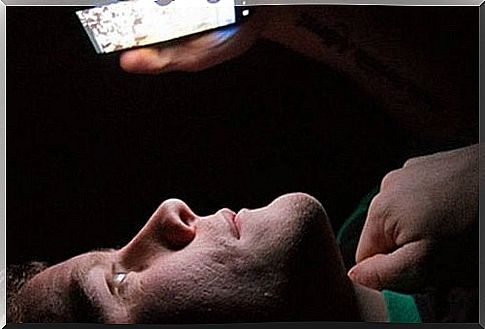
What is technological insomnia?
Before humans made the leap into the world of technology, our bodies were in sync with sunrise and sunset. At that time, we lit our homes with candles, candlesticks, log fires, oil or gas lamps… Beyond the romanticism of that time, there was something real that our brains appreciated enormously.
He liked living according to the cycles of light and dark. So when our retinas detected that night was falling, the pineal gland naturally began to secrete melatonin. This hormone, on the other hand, stayed longer in our blood system, which allowed us to get longer and better sleep.
Then, years later, our cities suddenly became extremely bright. The night is now made of neon lights, LED lamps, buildings lit up like torches and streets that refuse to sleep. Our houses display the same luminous vitality until the early hours of the morning. The universe of the screens of our mobile devices now represents our lamps and our “magic” channels to be continuously connected, informed… and overactivated.
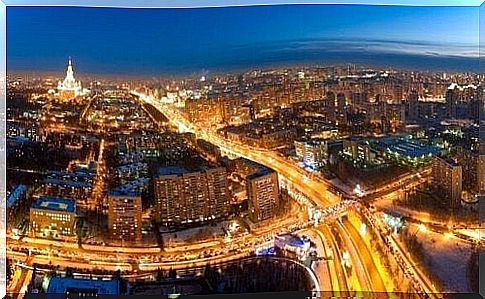
Effects of screens on our brain
- Light and artificial stimuli from laptops or computers, once applied to our eyes, have a direct impact on the pineal gland. And what is the result? The production of melatonin is interrupted.
- Blue light has been shown to inhibit the release of melatonin. Our brain is incapable of detecting that “night has fallen”.
- Something as common as being in your bedroom with the light turned off and staring at the screen of a phone, computer or tablet causes serious changes in the brain. We are overactivating a large number of its structures and we are going into a state of alert.
- On average, after we turn off these devices, it will take anywhere from one to two hours to fall asleep.
- If we add this delay to the time we turn off our phone or computer, we realize that we will not get that 7 or 8 hours of sleep that our bodies and brains need to be able to function normally the next day. .
- In addition, technological insomnia seems to be even more common in adolescents between the ages of 14 and 16. In addition to suffering from chronic insomnia, we note fatigue, concentration problems, poor academic performance, headaches, a bad mood …
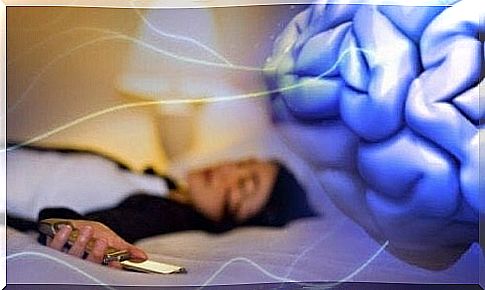
How to treat technological insomnia
Sleep hygiene specialists know it perfectly well: technological insomnia will increase considerably in the coming decades. Children, for example, are accessing these devices earlier and earlier, and it has become common to see them take them to bed without any supervision from the family.
To say that the solution is to ban them from tablets, phones and computers would probably be naive. We need awareness, better habits and other resources. For example, one thing the tech industry tries to do as much as possible is to reduce the impact of blue light on our eyes and brains. It would therefore be a question of arriving at a consensus which would make it possible to combine health habits with a technical change at the level of own systems.
However, let’s see how we can reduce the impact of technological insomnia on a daily basis.
- Dim the light on screens when night shows the tip of its nose. Computers and phones now have the “night light” option to reduce the impact of blue light.
- We can acquire glasses that filter blue light. Thanks to them, we will reduce the spectrum of this light and allow the pineal gland to produce melatonin.
- After dark, we should use dimmer lamps and lights. LED bulbs, even if they are more efficient, have a stimulating impact on our brain.

To conclude this article, we must not forget an important thing. Sleep hygiene is essential for both children and adults. The ideal would be to put aside any type of technology two hours before bed. Sometimes a good book, a cup of hot milk with honey, a good conversation are Morpheus’ favorite resources. Those which allow us to gain in well-being and to sleep soundly.

